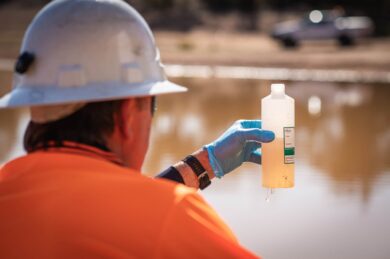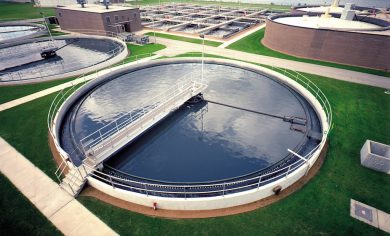In Australia, water treatment faces several challenges due to the unique environmental conditions, population distribution, and water resource management practices. Here’s a realistic image of some of the key problems:
- Drought and Water Scarcity: Australia is prone to prolonged droughts, which put pressure on water resources and increase the demand for treated water. Drought conditions can lead to water shortages, particularly in regions with limited rainfall and unreliable water sources.
- Water Quality Issues: Contamination of water sources from agricultural runoff, industrial discharge, and urban pollutants poses significant challenges for water treatment plants. High levels of pollutants such as pesticides, heavy metals, and pathogens can require advanced treatment methods to ensure water safety.
- Aging Infrastructure: Many water treatment facilities in Australia are operating with aging infrastructure, leading to issues such as leaks, pipeline corrosion, and inefficient treatment processes. Upgrading and maintaining this infrastructure is essential to ensure reliable and efficient water treatment.
- Energy Consumption: Water treatment is energy-intensive, with significant electricity consumption required for pumping, filtration, and disinfection processes. Rising energy costs and concerns about carbon emissions highlight the need for energy-efficient water treatment solutions.
- Salinity and Desalination: In regions where freshwater sources are limited or brackish, desalination plants play a crucial role in providing drinking water. However, desalination processes can be energy-intensive and costly, and managing the disposal of brine waste presents environmental challenges.
- Water Governance and Management: Australia’s complex water governance system, involving multiple levels of government and competing interests, can create challenges for effective water management. Balancing competing demands for water allocation, environmental protection, and agricultural and industrial use requires careful coordination and planning.
- Climate Change Impacts: Climate change is exacerbating many of the existing challenges faced by water treatment in Australia, including increased frequency and severity of droughts, changes in rainfall patterns, and rising temperatures. Adapting water management strategies to address these impacts is essential for ensuring water security in the future.
Addressing these challenges requires a combination of innovative technology, sustainable management practices, investment in infrastructure upgrades, and effective policy frameworks. Despite these challenges, Australia has a strong track record of innovation and adaptation in water management, and ongoing efforts are underway to ensure the sustainability and resilience of water treatment systems across the country.
With over 25 years of operation, Sapsorb has established itself as a reliable provider of water treatment services. Our extensive experience and unwavering dedication to quality guarantee effective solutions that meet the diverse needs of our clients. Trust in Sapsorb for enduring expertise in water treatment that remains unparalleled.
For inquiries about Sapsorb Water Treatment Services or to learn more about our water treatment solutions, please contact us at:
Email: ajay.pandya@sapsorb.com.au
Phone: 0407 289 460
Website: www.sapsorb.com.au
Our team is ready to assist you with any questions you may have regarding our services or to discuss your specific water treatment needs.



